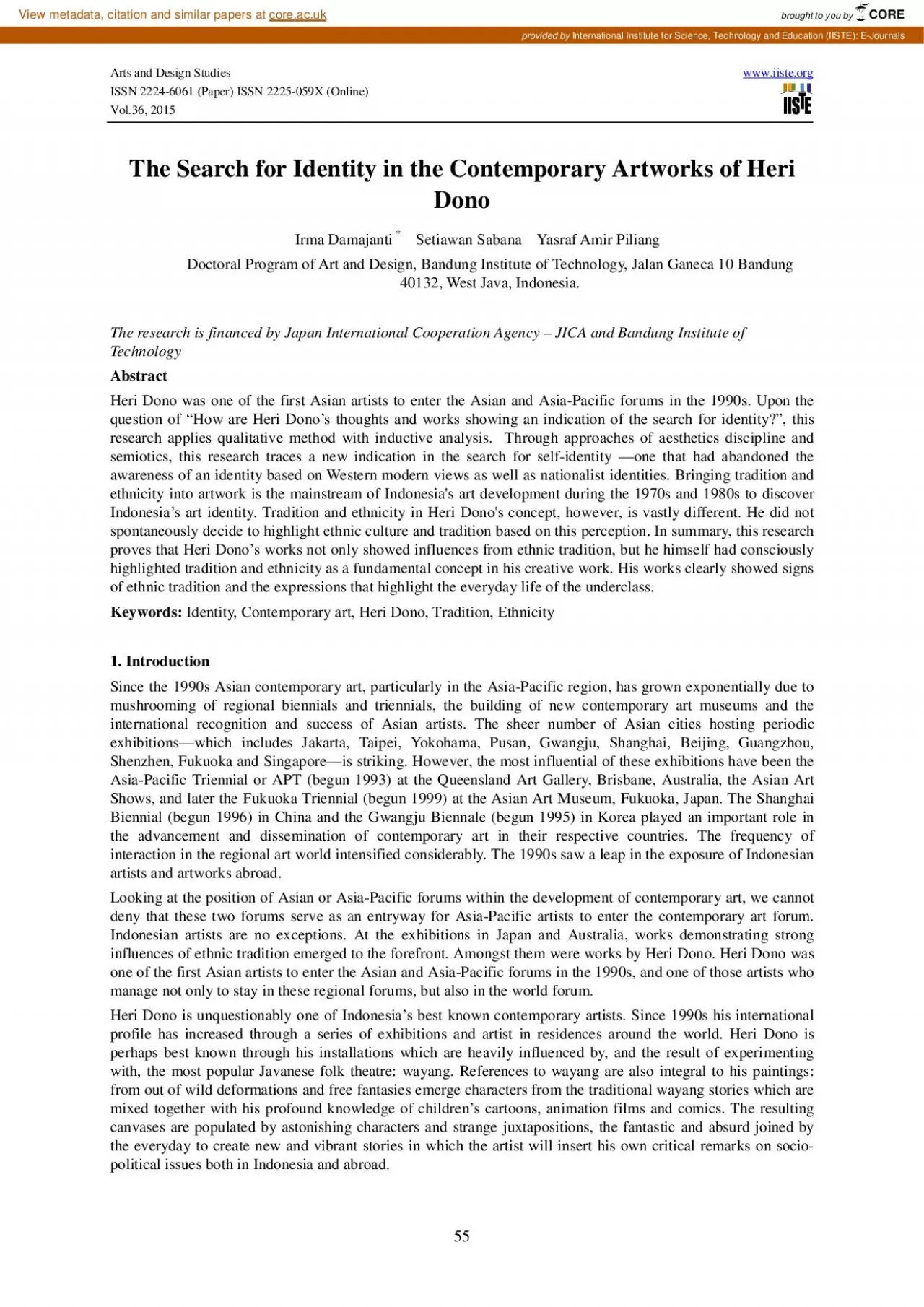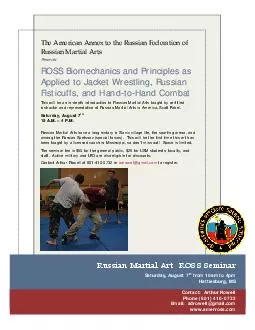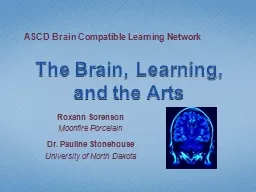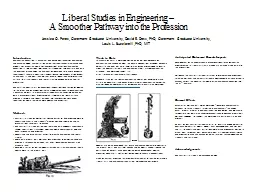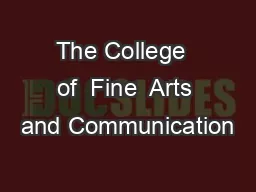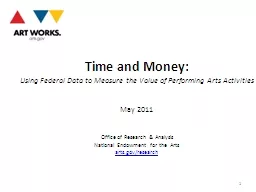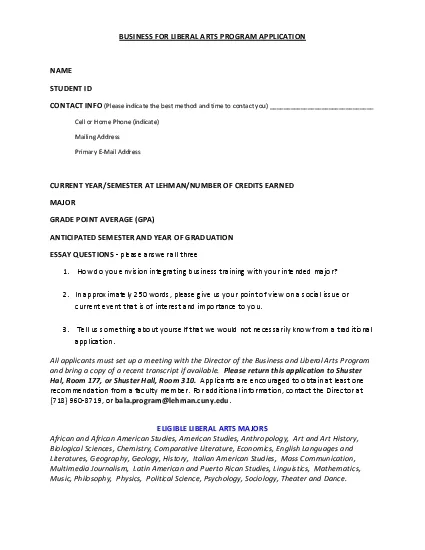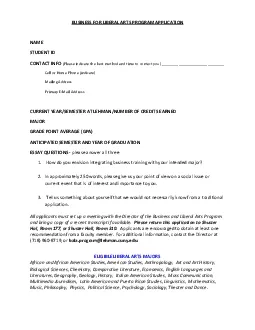PDF-Arts and Design Studies
Author : keywordsgucci | Published Date : 2020-11-18
wwwiisteorg ISSN 22246061 Paper ISSN 2225059X Online Vol36 2015 55 The Search for Identity in the Contemporary Artworks of Heri Dono Irma Damajanti Setiawan Sabana
Presentation Embed Code
Download Presentation
Download Presentation The PPT/PDF document "Arts and Design Studies" is the property of its rightful owner. Permission is granted to download and print the materials on this website for personal, non-commercial use only, and to display it on your personal computer provided you do not modify the materials and that you retain all copyright notices contained in the materials. By downloading content from our website, you accept the terms of this agreement.
Arts and Design Studies: Transcript
Download Rules Of Document
"Arts and Design Studies"The content belongs to its owner. You may download and print it for personal use, without modification, and keep all copyright notices. By downloading, you agree to these terms.
Related Documents

